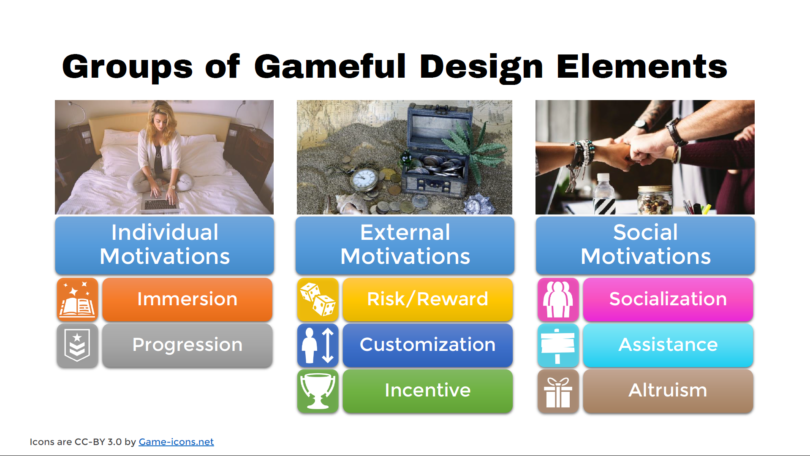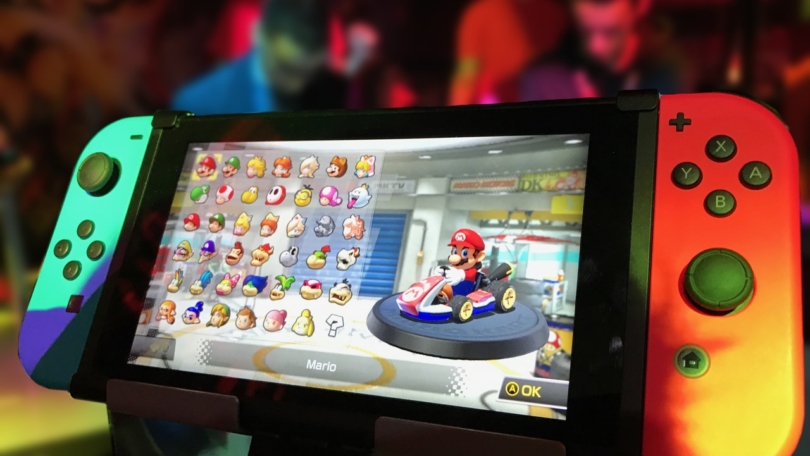A research project from the Universities of Basel and Copenhagen sought to understand the differences between momentary pleasure and lasting meaning in positive experiences with interactive technologies. These ideas come from a long tradition in both history and user experience research. Momentary pleasurable experiences are referred as hedonic experiences, a word that was introduced by ancient Greek philosophers. In contrast, experiences that express virtue and that are meaningful are identified as eudaimonic experiences. We also refer to living a eudaimonic life (a life based on virtue) as living the good life.
But how distinct are these two experiences when humans interact with digital technologies? The study, which was presented at the ACM CHI 2016 Conference, found significant differences between them. The researchers studied how 266 participants described a positive experience with a technological device. They found out that eudaimonic experiences are related to psychological needs fulfillment, long-term importance, positive affect, and feelings of meaningfulness. In contrast, hedonic experiences were largely about momentary pleasures, such as unwinding and relaxing.
The study also compared the contents of the eudaimonic and hedonic user experiences. Researchers observed that eudaimonic experiences often occurred when participants employed interactive technologies for learning purposes or for working towards personal goals. Other experiences were about achieving an accomplishment or helping friends or family. On the other hand, hedonic experiences occurred frequently in entertainment, such as video games or video sharing. Additionally, some experiences were identified as being simultaneously eudaimonic and hedonic. These experiences were diverse. Some were focused on aspects such as earning or saving money, learning something, or entertainment. Others were more generic experiences that emphasized how convenient and versatile a particular interactive technology was. This shows that experiences with interactive technologies can help users achieve some meaningful goal while also being pleasurable.
This study was one of the first to successfully characterize and differentiate eudaimonic and hedonic experiences with interactive technologies, despite these distinction being ancient and playing an important role in philosophy and psychology. These new insights will potentially help user experience designers to better understand the content and effects of eudaimonic and hedonic experiences and better explore this distinction in future experience design.
Original publication: Elisa D. Mekler and Kasper Hornbæk. Momentary Pleasure or Lasting Meaning?: Distinguishing Eudaimonic and Hedonic User Experiences. ACM CHI 2016.



